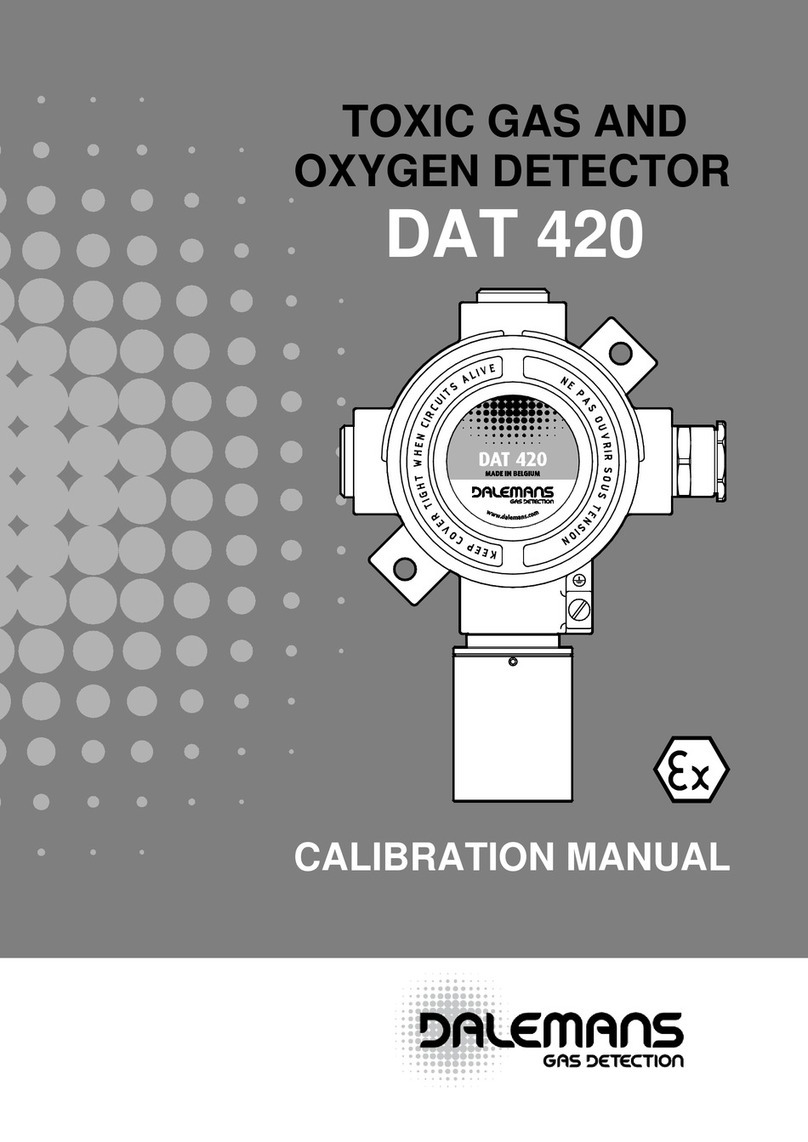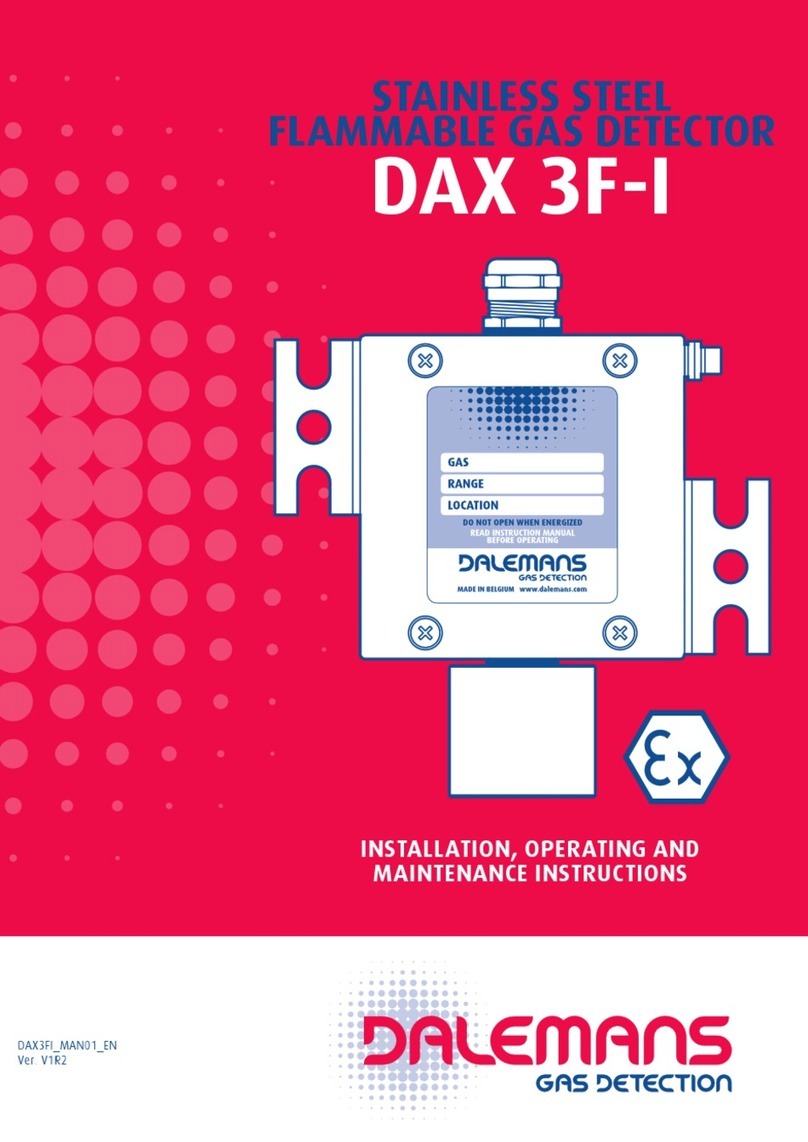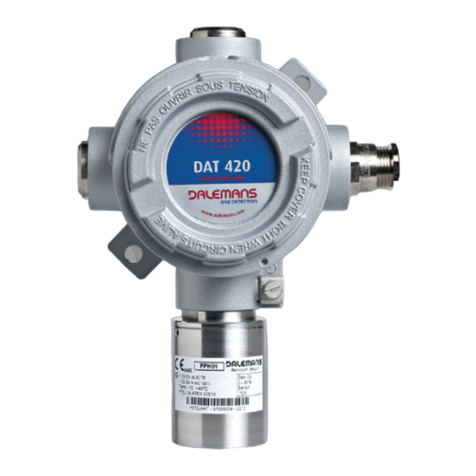CONTENTS
1. GENERAL REMARKS ................................................................................. 5
1.1RESPONSIBILITIES –GUARANTEES ................................................... 5
1.2 SAFETY INFORMATION ............................................................ 6
1.3ENVIRONMENT ....................................................................................... 7
1.4U•H1 CONTROL UNIT ............................................................................. 7
2. INSTALLATION OF THE CONTROL UNIT........................................... 10
2.1 PRECAUTIONS FOR USE .................................................................... 10
2.2 PLACEMENT OF THE U•H1 CONTROL UNIT ..................................... 10
2.3 CONNECTING THE CONTROL UNIT ................................................... 11
2.4 CONNECTING THE DETECTOR ........................................................... 12
2.5POWER CONNECTION ......................................................................... 12
2.6 CONNECTING THE SIREN ................................................................... 13
2.7 CONNECTING THE RELAYS ............................................................... 13
3. INSTALLATION CONTROL ..................................................................... 14
4. INSTALLATION CONFIGURATION ....................................................... 14
4.1 FACTORY CONFIGURATION ............................................................... 14
4.2 GENERAL MENU .................................................................................. 15
System information..........................................................................................15
History .....................................................................................................16
Ages of the calibration parameters........................................................16
Date and time ..........................................................................................16
Configuration of the U•H1 control unit ..................................................17
• Basic standard configuration ................................................................... 17
• Alarm thresholds ..................................................................................... 18
• Relay failsafe mode configuration ........................................................... 18
• Reset mode for level 1 alarms ................................................................ 18
• “Siren” mode ............................................................................................ 18
• Behaviour of the external alarm .............................................................. 19
• Normal state of the external alarm .......................................................... 19
• Errors reset mode .................................................................................... 19
































